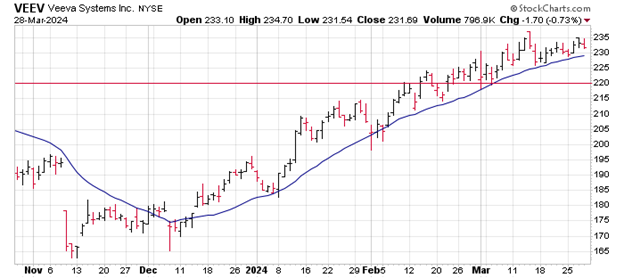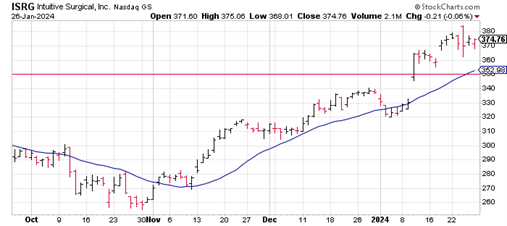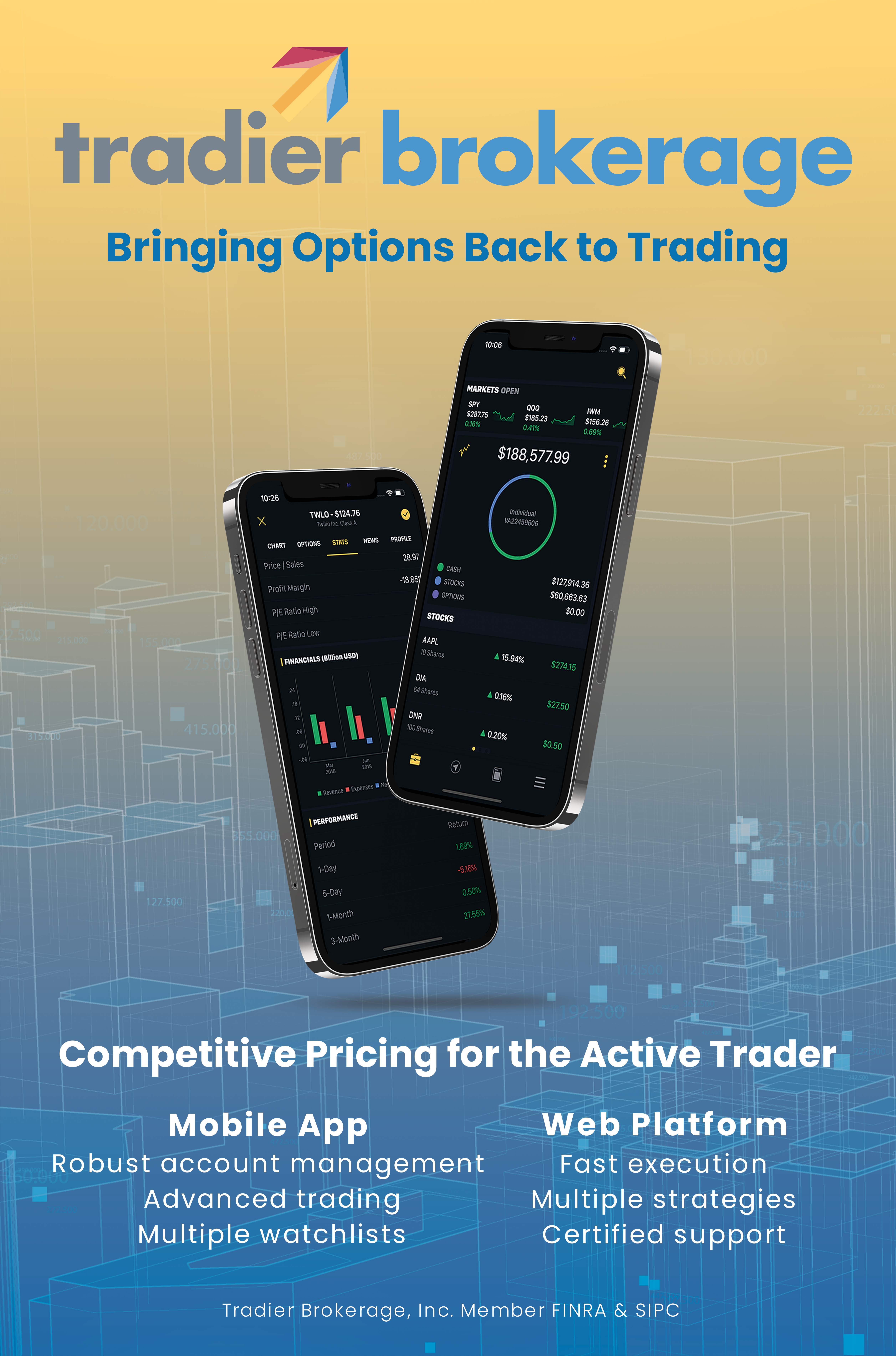There seems to be a widespread need for a definition of contango. Surely, 99% of investors have no idea of what contango or backwardation are. That’s a shame, because they are important concepts which can be precisely measured and they strongly influence whether certain investment instruments will move higher (or lower). Understanding contango and backwardation can seriously improve your chances of making profitable investments.
Contango sounds like it might be some sort of exotic dance that you do against (con) someone, and maybe the definition of backwardation is what your partner does, just the opposite (indeed, it is, but we’re getting a little ahead of ourselves because we haven’t defined contango is yet).
If you have an idea (in advance) which way a stock or other investment instrument is headed, you have a real edge in deciding what to do. Contango can give you that edge.
So here’s the definition of contango – it is simply that the prices of futures are upward sloping over time, (second month more expensive than front month, third month more expensive than second, etc.), Usually, the further out in the future you look, the less certain you are about what will happen, and the more uncertainty there is, the higher the futures prices are. For this reason, contango is the case about 75 – 90% of the time.
Sometimes, when a market crash has occurred or Greece seems to be on the brink of imploding, the short-term outlook is more uncertain than the longer-term outlook (people expect that things will settle down eventually). When this happens, backwardation is the case – a downward-sloping curve over time.
So what’s the big deal about the shape of the price curve? In itself, it doesn’t mean much, but when it gets involved in the construction of some investment instruments, it does become a big deal.
All about VXX
One of the most frequent times that contango appears in the financial press is when VXX is discussed. VXX is an ETN (Exchange Traded Note) created by Barclay’s which trades very much like any stock. You can buy (or sell) shares in it, just like you can IBM. You can also buy or sell options using VXX as the underlying (that’s why it important at Terry’s Tips).
People purchase VXX as protection against a market crash. It is based on the short-term futures of VIX, the so-called “fear index” which is a measure of the implied volatility of options on SPY, the tracking stock for the S&P 500. When the market crashes, VIX usually soars, the futures for VIX move higher as well, pushing up the price of VXX.
In August of 2011 when the market (SPY) fell by 10%, VXX rose from $21 to $42, a 100% gain. It performed exactly as it was intended to. Pundits have argued that a $10,000 investment in VXX protects a $100,000 portfolio of stocks against loss in case of a market crash. No wonder it is so popular. Investors buy about $3 billion worth of VXX every month as crash protection against their other investments in stocks or mutual funds.
There is only one small problem with VXX. Over the long term, it is just about the worst stock you could ever buy. Check out its graph since it was first created in January of 2009.:

Have you ever seen such a dog? (OK, maybe you have bought one or two on occasion, but surely, the graph wasn’t ever this bad.) On two occasions (November 9, 2010 and October 5, 2012) Barclay’s had to make 1 – 4 reverse splits to make the stock have a reasonable value. It never really traded at $2000 as the graph suggests, but two reverse splits will make it seem that way.
VXX is designed to mimic a 30-day futures contract on the VIX spot index (the VIX “spot” index is not directly tradable, so short term futures are the nearest proxy). Every day, Barclays VXX “sells” 1/30th of its assets in front month VIX futures contracts and buys second month contracts which are almost always more costly. This is where contango comes into play. It causes VXX to fall about 5% – 8% every month as Barclay’s rolls from one futures series to the next.
It’s the old story of “buy high” and “sell low” that so many of us have done with their stock investments, but Barclays does it every day (don’t feel sorry for them – they are selling VXX, not buying it, and they are making a fortune every month).
There are two other reasons besides contango that VXX is destined to move lower over time. First, when the value of an instrument is based on changes in the value of another measure, a mathematical glitch always occurs. When VIX is at 20 and increases by 10%, it goes up by 2, and the tracking instrument (VXX) is likely to move by about that much in the same direction. If the next day, VIX falls by 10%, it goes down by 2.20. VXX ends up $.20 lower than where it started.
This is the same thing that happens if you lose 50% of the value of a stock investment. The stock has to go up by 100% for you to get your money back. In the day-by-day adjusting of the value of VXX based on changes in VIX, the value of VXX gets pushed lower by a tiny amount every day because of the mathematical adjustment mechanism.
A third reason that VXX gets lower in the long run is that Barclay’s charges a 0.89% fee each year to maintain the ETN.
In short, buying VXX is like eating sausage – you don’t want to do it once you understand what goes into it.
Bottom line, VXX can suddenly shoot higher in the short run, but it will inevitably fall in the long run. Our challenge is to create a strategy that will take advantage of this reliable phenomenon.
Market Crash Protection Insurance Choices
What do you do if you believe that the market is headed for a crash? One way would be to sell shares short (of SPY, or any equity you believe is likely to fall). The problem with this is that most of the time, the market moves higher. If you are wrong, you will lose money.
Another popular way to protect against a market crash is to buy puts on SPY (when most people talk about “the market” they are referring the the S&P 500 which is a lot more representative of the market in general than other measures such as the Dow Jones Industrial Average which includes only 30 companies). The problem with buying puts is that they are a depreciating asset. You lose money if you are wrong (i.e., the market goes up), and you also lose money if the market stays flat. You may even lose money if you are right – the market goes down, but not enough to cover the cost of the puts you bought.
A third way is buy protection against a market crash is to make a bet on VIX, as this measure moves higher when the market falls. But you can’t buy VIX itself – it is merely a measure of option volatility. You can buy calls on VIX, but once again, you have bought a depreciating asset that loses money most of the time. Options on VIX are European options (which means they settle in cash). Since there is no actual underlying stock or other equity, cash settlement is the only choice. If you were right and your calls finished in the money, you end up with cash and will have to buy new calls to maintain your downside bet (and once again end up with an asset that goes down in value every day the market doesn’t drop).
Instead of buying VIX, thousands of investors buy VXX as the closest proxy to buying VIX, but we have just discussed the danger of doing this.
It is not easy to find a good insurance plan to protect your other investments against a market crash. Like any insurance plan, it inevitably costs you money.
Further Thoughts on VXX
If VXX is destined to fall in the long run, why not sell it short? Over the long run, it would seem to be a great bet. However, in the short term, it can kill you. In the summer of 2011 when the European debt crisis fears erupted, VXX doubled in value in less than a month (from about $20 to over $40) and stayed up there for about six agonizing months after backwardation set in (yes, I was short VXX it at the time) until it fell to below $9 in October 2012 when the latest 1 – 4 reverse split took place. I was reminded that if you do short VXX, make sure not to do it on margin.
My preference is to own XIV instead, which is the reverse of VXX, and contango works in its favor. I first recommended it to Terry’s Tips subscribers in October 2011. XIV was trading under $7 at the time, and had nearly tripled in value by the end of 2012. I continue to hold XIV, the only “stock” I own, by the way (all my other investments are in options). Again, it is important not to buy it on margin because it is likely to tank in the short run and force you to unload shares at the worst possible time.
Bottom line, VXX can suddenly shoot higher in the short run, but it will surely fall in the long run. At Terry’s Tips, our challenge is to create a strategy that will take advantage of this reliable pattern. We carry out one options portfolio using puts called the Dog of Dogs which is based on the inevitability of VXX moving lower in the long run. We encourage subscribers to follow this portfolio when contango is the dominant condition.
We have a second portfolio called Crash Control which trades call options on VXX in a way that is designed to break even or make a small gain in most time periods but if VXX skyrockets because of a market crash or something like the 9/11 disaster, this portfolio should double in value. We like to think that is like having insurance with no insurance premiums. This portfolio does best when investors are unusually fearful or backwardation is the current condition of the futures slope.
Making 36% – A Duffer’s Guide to Breaking Par in the Market Every Year in Good Years and Bad
 | The book was originally published at $19.95. You will receive an electronic version so you can start right away, and the paperback version will be mailed to you free of shipping and handling charges. Order it today *Our conservative stock options trading strategy never lost money based on a 10 year back test. |








Follow Terry's Tips on Twitter
Like Terry's Tips on Facebook
Watch Terry's Tips on YouTube